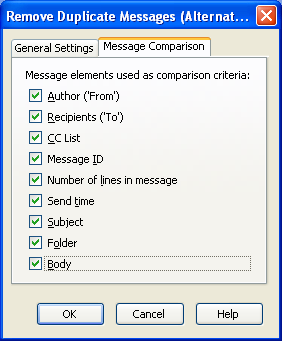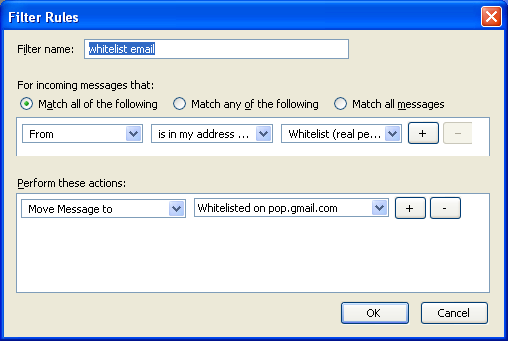In a previous post, I discussed the virtues of having an automated backup process. I gave the advice of having an external drive or file server as well as some offsite backups. I’ve since changed my mind.
I had some troubles configuring my file server to properly go to sleep and wake up when needed, so the file server ended up staying on all the time. Armed with my trusty kill-a-watt, I determined that it was costing me almost $5 a month in power to keep that PC up and running. Also, it started acting flakey, not a good attribute for a dedicated backup server! Finally, like many people, every time I get some extra storage space, I tend to fill it with stuff rather than leave it for backups.
I did some more testing and planning, and eventually decided to go with Mozy for online offsite backups. For $5 a month, you can back up as much data as you want, secure, encrypted and offsite. Mozy runs in your system tray and unobstrusively encrypts and uploads your files to their servers when your computer is idle. Before, I wasn’t backing up all of my file – I deemed my 100GB of home video projects too large to keep redundant copies of, but since Mozy offers unlimited storage, there’s no reason not to back that up.
Since your $5 buys you the ability to back up one PC, I’ve installed it on my desktop PC downstairs and set up processes to copy important files from our laptops onto that PC for backup. With Mozy you can back up any folders you want. I’ve tried recovering files too, and everything worked fine. Afterall, an untested backup is an untrusted backup.
Oh yeah, I should probably mention there’s a free option as well, if you don’t have much data to store. If you click on the Mozy link above, you’ll get an increase in your storage space through the referral program.
For the record, I did try Carbonite as well, but I didn’t like the lack of options nor did I like the fact that they don’t back up some file types. Also, it just plain didn’t upload for me, but maybe I had a firewall issue or something.
One thing you need to be aware of: offsite backups over a cable modem are SLOW! My initial backups (125GB) literally took MONTHS to complete. It’s not Mozy’s fault though. If you do the math, I was maxing out my upload bandwidth nearly the entire time. After the initial upload, Mozy only uploads the changes, so keeping current isn’t bad. About the only way to get around this speed limitation is by using Sneakernet.
All-in-all, I’m happy with my new scheme. $5 a month is a small price to pay for constant offsite backups, and now that I don’t do the local backups anymore, I have more disk space to play with! With two kids to play with, there are much better things to spend my time on than managing my backup server or performing manual backups. While that initial backup period required me to be a bit patient, Mozy has taken one item off my list of things to worry about.


